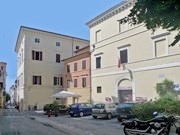
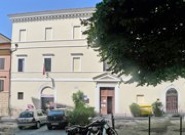
Abbess Margherita di Andreuccio received permission from the Bishop of Spoleto to found a nunnery here following the Augustine rule. The archives of the nunnery no longer survive, but a historical work derived from them in 1882 makes frequent references to the protection the nuns received from the canons of San Giovanni in Laterano, Rome. In fact, a number of nunneries established in the first half of the 14th century used devices like this to escape papal jurisdiction, which would have required strict enclosure.
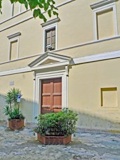
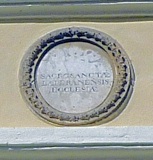
The nuns built the surviving oratory in 1643. An inscription on the facade records their association with San Giovanni in Laterano, Rome.
In 1816, Pope Pius VII transferred the nuns to Santa Maria Maddalena. The church is now used for services, in substitution for San Lorenzo (opposite), which is closed.
Interior
Stucco decoration of the high altar (1650)
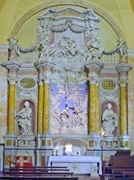
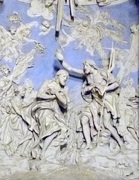
This fine ensemble includes a relief of the Baptism of Christ.
St Catherine of Alexandria (17th century)

-
✴six scenes from her life and martyrdom to the sides and below; and
-
✴the Annunciation above..
Madonna di Constantinopoli (1630)
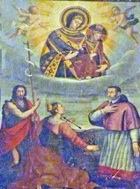
Art from the Complex
Birth of St John the Baptist (1575)
This on the left wall of Santa Maria Maddalena, which depicts the birth of St John the Baptist, came from San Giovanni Battista . It is attributed to Felice Damiani and dated by inscription. If this attribution is correct, it is his earliest known work.







